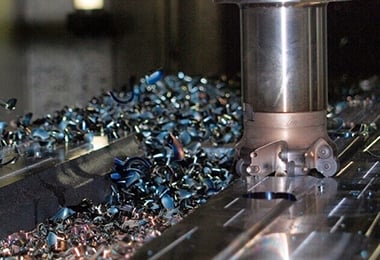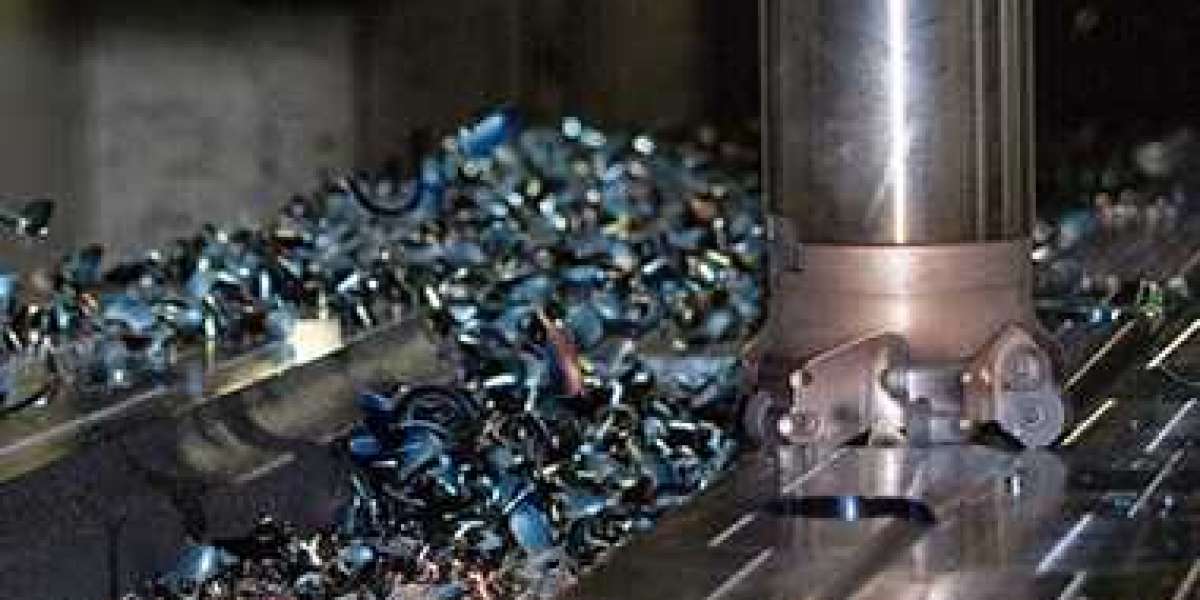Someone who is confronted with numerous options may find it difficult to decide on the best course of action for them. Because there are several factors to consider, you can narrow down the number of options that are presented to you. The majority of our customers know exactly what they want, but others come to us with the vague idea of what they need but are unsure of the type of material they require. We are able to accommodate both scenarios.
After inquiring about the quantity, I might inquire about the types of materials or material properties that will be required for prototyping or testing after asking about the quantity. After inquiring about the quantity, I might inquire about the types of materials or material properties that will be required for prototyping or testing after asking about the quantity. It is possible that it will end up in the cosmetics section if it continues down this path. It all boils down to a question of financial resources, which is the bottom line. By taking into consideration the following factors: quantity, material properties and cosmetics, and cost, it is possible to significantly reduce the number of decisions that must be made.
It is impossible to overstate the importance of quantity in today's world.
When choosing between these three technologies, the number of parts that will be required is likely to be the most important factor to consider when determining which one to use. The fact that injection molding is the most cost-effective method for producing large quantities of parts is self-evident; however, injection molding is the least cost-effective method for producing smaller quantities of parts.

Setup and production fees are typically charged in conjunction with the purchase of injection-molded parts from a manufacturer. It may be sufficient justification to choose a different process if you only require ten parts at a time, even if your parts are only three dollars per piece to produce. The total cost, which includes the mold itself, may be sufficient justification to choose another process if your parts are only three dollars per piece to produce. For the most part, if you are committed to injection molding but only require 20 parts, it is preferable to order 200 pieces rather than 20 pieces. For the purpose of serving as a point of reference for the audience, Junying provided the following general rule of thumb:Three-dimensional printing (3D printing) is typically the most cost-effective option for parts up to about 50 in number, and CNC machining is typically the most cost-effective option for parts up to about 200 in number. Our typical single-cavity molds, on the other hand, can typically produce parts in quantities up to 10,000 on average.
Materials and cosmetics have physical, chemical, and physical-chemical characteristics, as well as chemical-physical characteristics. When designing prototypes, it was common practice to use materials that were different from those that would be used in the final product in order to perform fit checks and other similar tasks on the prototype. This practice has since become obsolete. As of now, the use of 3D printing technologies, which are ideal for testing the fit and form of parts prior to purchasing them, allows the implementation of this same strategy to be accomplished.
When comparing different manufacturing processes, it is always necessary to make trade-offs, especially when it comes to the material properties that can be achieved versus the cosmetic appearance that can be achieved. It is possible to significantly improve the overall appearance of a part by utilizing secondary processing techniques, which are described in greater detail below.








